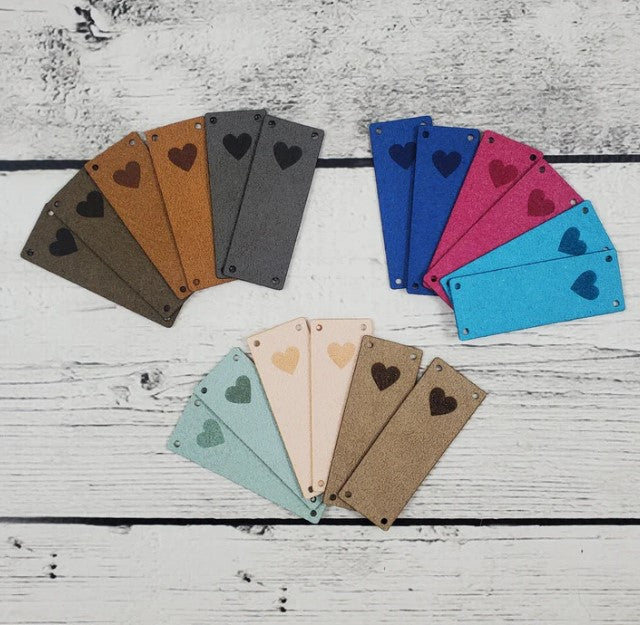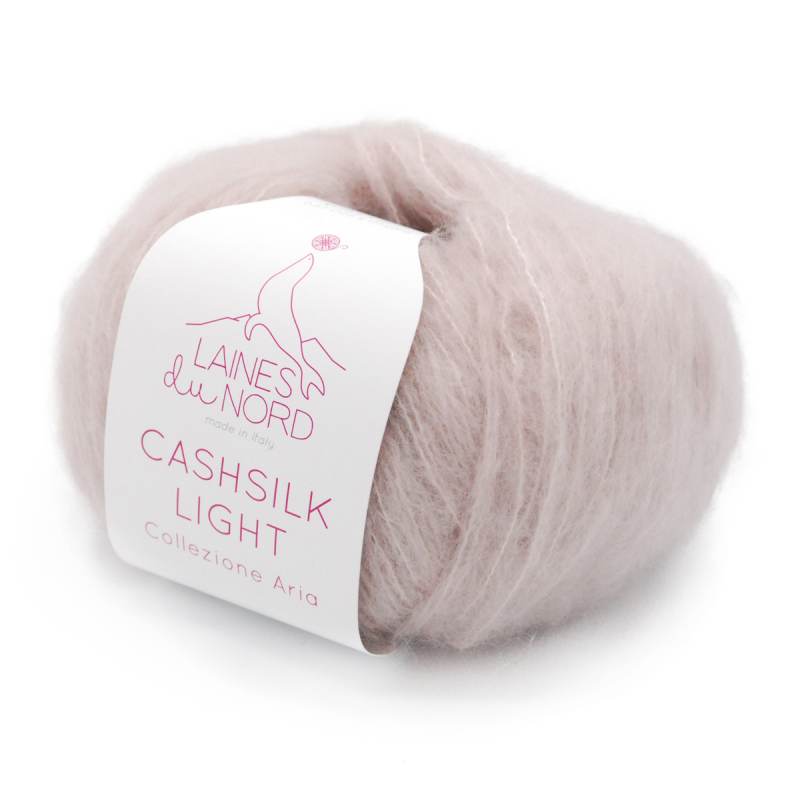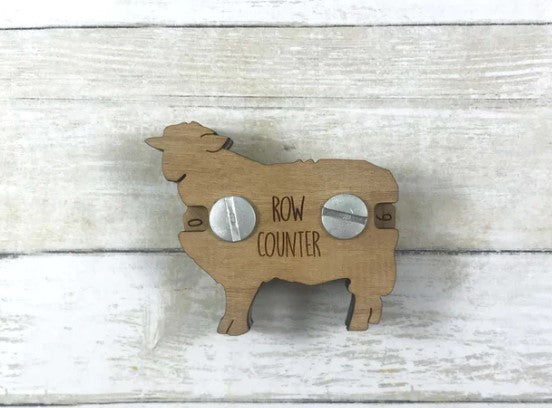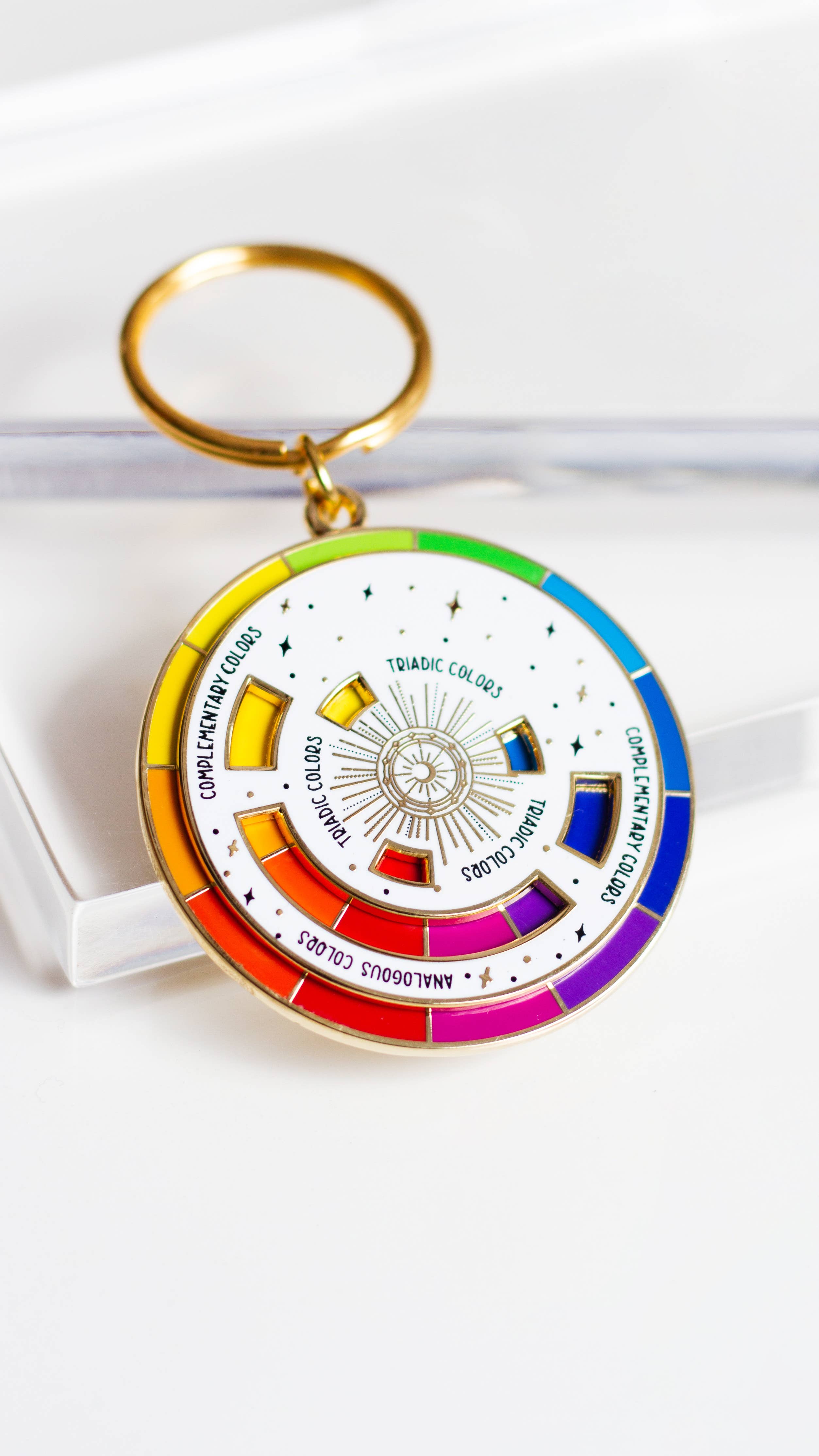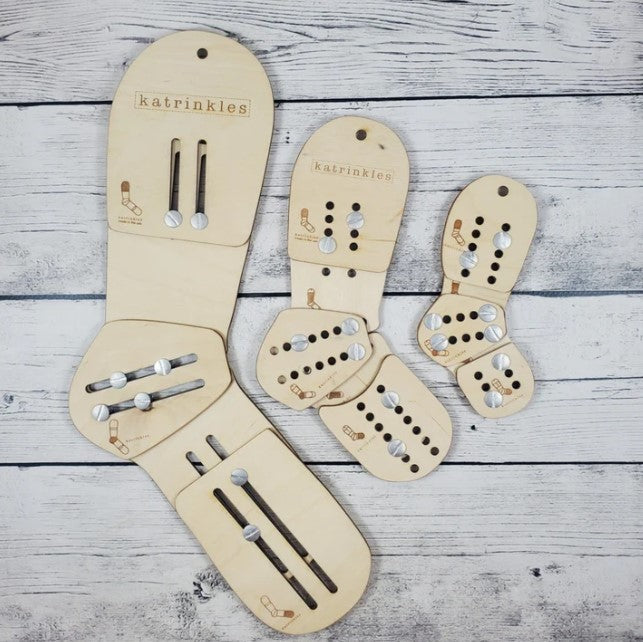Stahls’ Heat Transfer Vinyl
Vinyl crafts are one of the hottest new hobbies in the craft market. Using different types of vinyl sheets, crafters can make unique designs for use on glass, wood, shirts, jerseys, pillows, bags and just about anything else they can dream up.
Unfortunately, one of the biggest challenges facing the eco-friendly crafter is that vinyl isn’t known for its safety. Vinyl is made from a highly toxic plastic that has been linked to many health conditions and is a massive contributor to environmental pollution, particularly ocean pollution. Despite this fact, vinyl is still widely used, and there aren’t many green options.
At Eco-Friendly Crafts, we’re always looking for the most environmentally-conscious and safest craft supply options on the market, which includes the search for eco-friendly craft vinyl. Learn more about our heat transfer vinyl from Stahls’ and why we think it’s the best option for eco-friendly vinyl crafts.
The Dangers of PVC Craft Vinyl
Vinyl cutting has blown up in the craft community, thanks to the surge in technology that companies like Cricut and Silhouette have brought to the hobby. In addition to its wide range of color options, vinyl is flexible and waterproof, as well as offers a vast array of different craft uses.
The downside is that polyvinyl chloride, or PVC, is a toxic plastic that’s used in a variety of products, including craft vinyl and food packaging. From an environmental and health standpoint, PVC is no different than any other plastic, which is a significant contributor to ocean pollution. The manufacturing process and disposal of vinyl releases a toxic chemical, dioxin, which is classified as a persistent organic pollutant (POP). Animals store dioxin in the fatty tissue of the body, and it reaches higher concentrations as it moves through the food chain, and humans absorb dioxin through contact with PVC vinyl and through consumption of affected animals.
In fact, Healthy Child Healthy World describes PVC as the most toxic plastic, and vinyl chloride is a known carcinogen, according to the Agency for Toxic Substances & Disease Registry.
According to research from the World Health Organization, all humans have small levels of dioxins in the body from general exposure, which aren’t necessarily a cause for alarm. Chronic exposure, however, has been linked to impairment of the immune system, nervous system, endocrine system and reproductive system. These effects are more pronounced in sensitive individuals, such as the elderly and young children, though infants are most vulnerable.
PVC plastic also emits phthalates, which are a toxin that has been identified as a carcinogen and may present health concerns. In vinyl, phthalates are used as a plasticizer to improve durability, flexibility, longevity and transparency.
Fortunately, heat transfer vinyl differs from conventional craft vinyl in toxicity. Because heat transfer vinyl is designed for apparel, it is held to different standards than conventional craft vinyl. Clothing with vinyl that is intended to be worn close to the skin or for young children and infants must meet rigorous demands for safety, making it the safer and less toxic choice. Even though there’s currently no PVC-free vinyl, there is a brand of craft vinyl that is more eco-friendly.
Stahls’ Heat Transfer Vinyl
At Eco-Friendly Crafts, we do our best to direct green crafters to materials that are not only safe for the environment, but also safe from a health standpoint. From wool and yarn to paints and glues, plenty of options exist for the eco-conscious crafter to enjoy their favorite hobby without sacrificing the environment.
Unfortunately, few green options exist for craft vinyl. Vinyl is not only widespread in the crafting community, but it’s also widespread in our daily lives. Everything from our home’s pipes to our clothing can contain vinyl, so there’s less demand from the public to develop an eco-friendly alternative.
After much searching, Stahls’ Fashion-FILM heat transfer vinyl (HTV) is our top pick. Stahls’ has a wide variety of different vinyl products to choose from that are safe for children and offer the same performance and applications as their counterparts. They’ve all been rigorously tested and meet the requirements outlined in the Consumer Product Safety Improvement Act (CPSIA), which include provisions addressing lead, phthalates, durable infant or toddler products, toy safety and third-party testing and certification, among others.
CPSIA requires that all products deemed “children’s products” meet the following requirements. They must:
- Comply with all applicable children’s product safety rules.
- Be tested for compliance by a CPSIC-accepted, accredited laboratory, unless subject to an exception.
- Have a written Children’s Product Certificate that provides evidence of the product’s compliance.
- Have permanent tracking information affixed to the product and its packaging, where practicable.
In addition to being the safest on the market, Stahls’ Fashion-FILM HTV is ideal for personalizing fashion apparel. Fashion-FILM is a t-shirt vinyl specifically designed for fashion crafts, so it’s the best choice for cutting fine details and comes in a variety of color options. It’s also appropriate for all varieties of vinyl cutters, including the highly popular Silhouette and Cricut models. With Stahls’ HTV, you can enjoy your HTV crafts without sacrificing safety.
Shop Our Eco-Friendly Heat Transfer Vinyl
With the popularity of vinyl crafts, it’s vital that we have an eco-friendly alternative to toxic and hazardous PVC vinyl. Though Stahls’ isn’t 100 percent eco-friendly, it’s certainly the safest HTV option on the market and removes a lot of the risk associated with PVC.
Still, we’re always looking for the safest alternatives available, so we’re hoping that the future will bring a completely eco-friendly, PVC-free vinyl alternative. In the meantime, be sure to check out our collection of Stahls’ Fashion-FILM HTV and watch for our plant-based, fully recyclable, pvc-free sign vinyl on the way!
Trying out our Stahls’ heat transfer vinyl? Tag us on Instagram @ecofriendlycrafting and give it a review!
- Choosing a selection results in a full page refresh.
